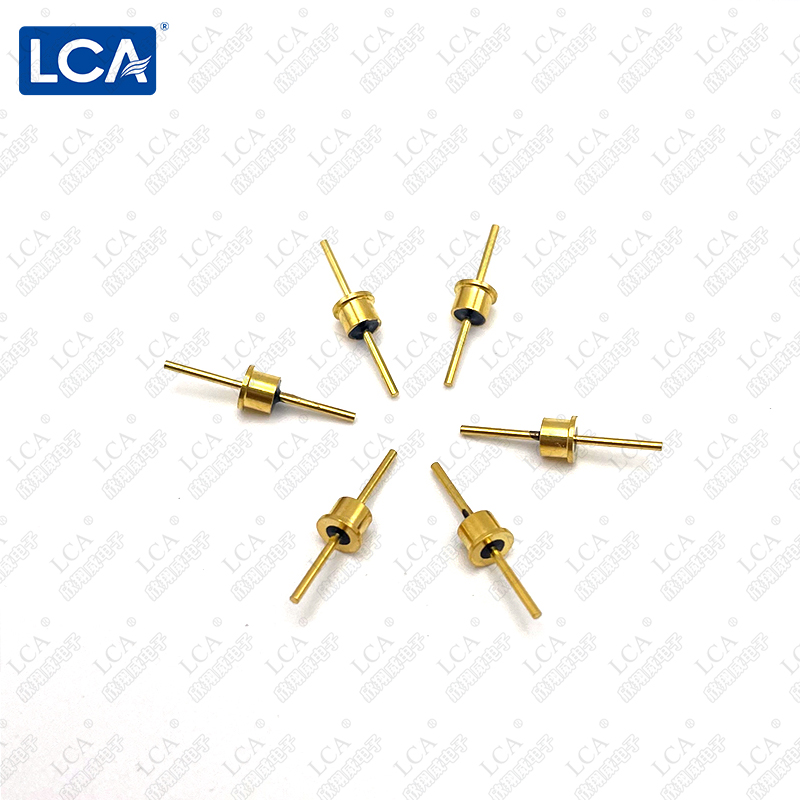How These “Little Things” Play a Big Role in EMC Rectification
Electromagnetic compatibility (EMC) issues can derail product certifications and delay launches. Fortunately, small components like ferrite beads, magnetic rings, and clamp-type magnetic filters—often overlooked—are incredibly effective in EMI rectification practices. This article explores their working principles, application scenarios, and design considerations.
1. Types of Ferrite Components in EMI Rectification
The two most commonly used ferrite-based passive components for EMI suppression are:
- Ferrite Beads (Chip or Leaded)
- Ferrite Rings and Clamp Filters (Split Core)
These are classified as single-turn inductors, where the suppression performance varies with frequency.
2. Material Characteristics of Ferrite
Ferrite is typically composed of iron-magnesium or iron-nickel oxides with a cubic lattice structure. Key properties include:
- High permeability – Enables effective suppression of high-frequency noise
- Low capacitance – Reduces resonance and signal distortion
- Complex permeability – Real part defines inductance (L), imaginary part defines loss (R)
3. Frequency Characteristics and Equivalent Circuit
| Frequency Range | Dominant Impedance Component | Behavior |
|---|---|---|
| Low Frequency | Inductance (L) | Acts like a high-Q inductor; may cause resonance |
| High Frequency | Resistance (R) | Suppresses EMI by converting it to heat |
4. High-Frequency Attenuation Advantages
Compared to traditional inductors, ferrite beads offer:
- Broader high-frequency suppression range
- Higher impedance over GHz frequencies
- Enhanced differential mode and common mode noise filtering (up to 20dB)
5. Application Scenarios
Ferrite suppression components are widely used in:
- Power line inputs
- Data transmission lines
- Signal cables for RF and digital systems
Example: Place a clamp-type ferrite ring at the power entry point of a PCB to filter transient high-frequency noise.
6. Practical Design Tips
- Placement: Install close to noise source or at enclosure entry/exit
- Component Size: Larger volumes and smaller inner diameters offer better suppression
- Shape Matters: Long and thin geometries are generally more effective
- Saturation: Ensure core size supports DC bias; derate current by 80%
7. Chip Inductor vs. Chip Bead
| Use Case | Preferred Component |
|---|---|
| Resonant Circuits | Chip Inductors |
| EMI Noise Suppression | Chip Beads |
8. Installation and Handling
- Ferrite materials are brittle; use secure mounting methods
- Clamp types offer easy retrofit EMI suppression
- Ensure tight cable winding for effective suppression
Conclusion: Small Ferrites, Big Impact
When it comes to EMI rectification, “use is not equal to proper use.” Ferrite beads and rings, though small, offer powerful attenuation when applied with expertise. With experience, these “little things” become essential tools in optimizing electromagnetic compliance, ensuring both functional performance and regulatory success.

